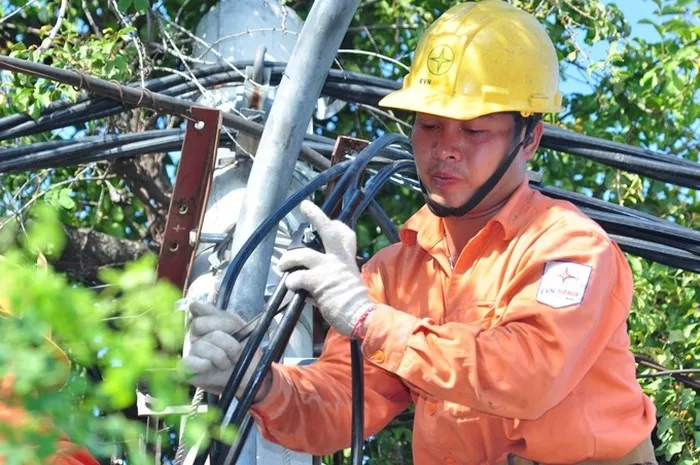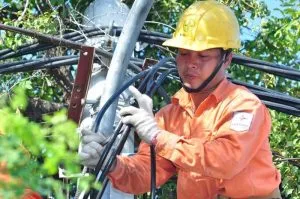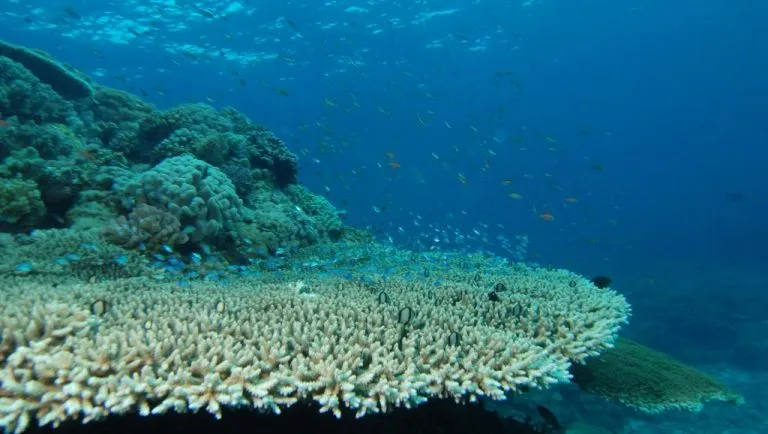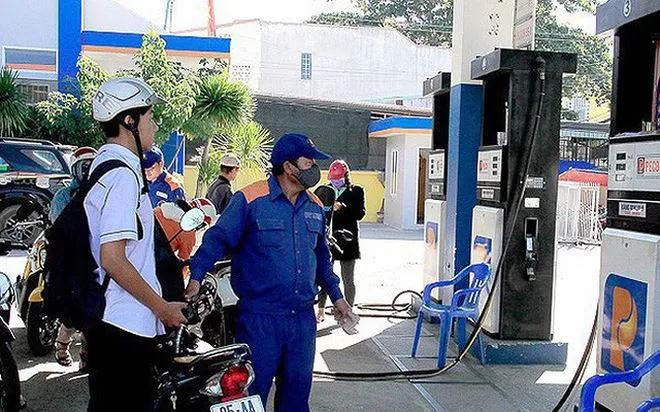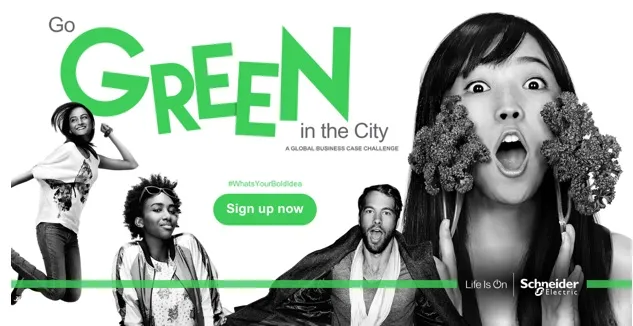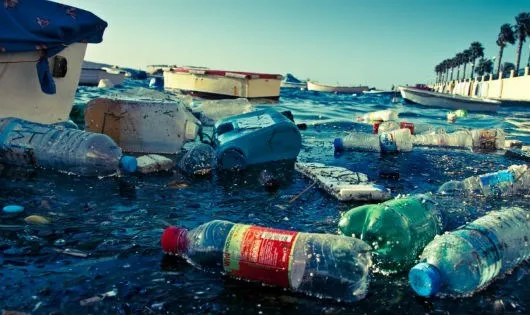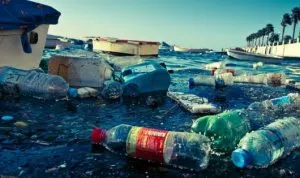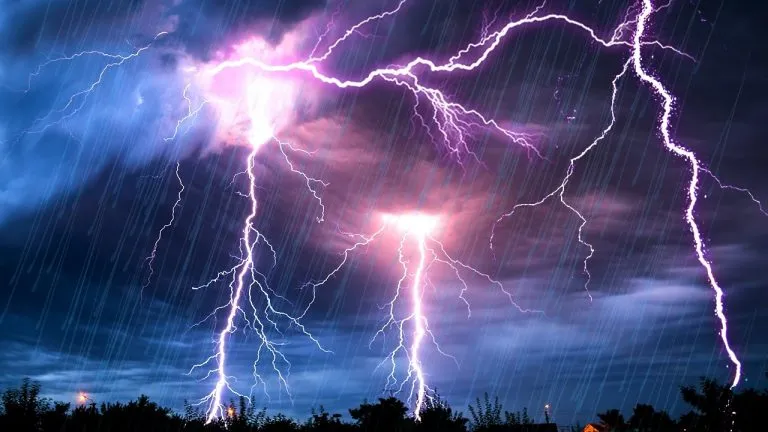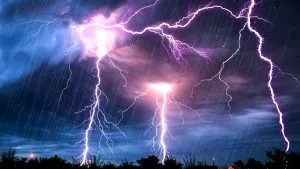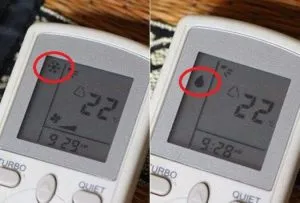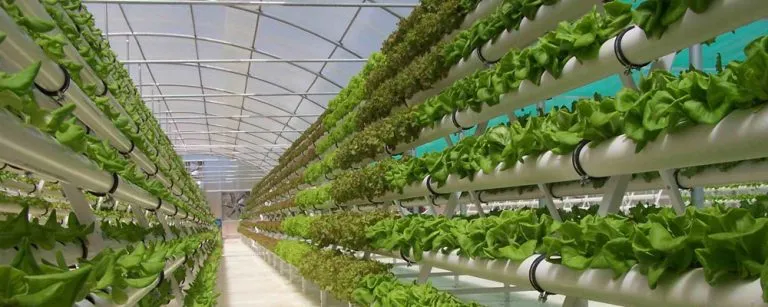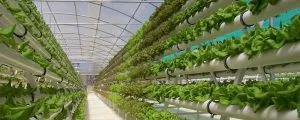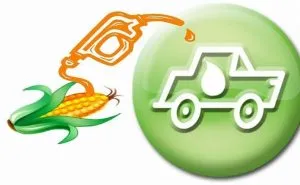Bộ Tài chính vừa đề xuất mức thuế bảo vệ môi trường đối với mặt hàng xăng kịch trần là 4.000 đồng mỗi lít, tăng 1.000 đồng so với hiện hành. Còn mặt hàng dầu là 2.000 đồng mỗi lít, tăng 1.100-1.700 đồng/lít so với mức hiện hành.
Tổng số thuế bảo vệ môi trường dự kiến thu sẽ vào khoảng 57.612 tỷ đồng/năm, tăng khoảng 15.189 tỷ đồng/năm nếu thuế môi trường với xăng dầu tăng kịch khung
Bộ Tài chính: Nhất thiết phải tăng thuế bảo vệ môi trường
Tờ trình dự thảo Nghị quyết về biểu thuế bảo vệ môi trường mới nhất này vừa được người đứng đầu ngành Tài chính – ông Đinh Tiến Dũng ký và vừa gửi tới Uỷ ban Thường vụ Quốc hội.

Tổng số thuế bảo vệ môi trường dự kiến thu sẽ vào khoảng 57.612 tỷ đồng/năm.
Theo Bộ Tài chính, thuế bảo vệ môi trường với xăng dầu được thực hiện từ năm 2012 đã phát huy được những hiệu quả đáng kể như: Nâng cao trách nhiệm và nhận thức của xã hội đối với môi trường, khuyến khích sản xuất, tiêu dùng hàng hoá, đáp ứng yêu cầu phát triển bên vững; đồng thời đảm bảo lợi ích quốc gia trong điều kiện hội nhập sâu khi thực hiện cắt giảm dần thuế nhập khẩu theo cam kết quốc tế.
“Dòng thuế này cũng đóng góp đáng kể vào ngân sách nhà nước. Cụ thể, giai đoạn từ năm 2012 đến năm 2017, tổng số thu từ thuế bảo vệ môi trường vào khoảng trên 150.000 tỷ đồng, bình quân hơn 25.000 tỷ đồng mỗi năm”, Bộ Tài chính nêu.
Dù vậy, Bộ Tài chính vẫn bảo lưu quan điểm rằng, bối cảnh kinh tế xã hội hiện nay của đất nước, nhất thiết phải nghiên cứu điều chỉnh thuế bảo vệ môi trường lên mức phù hợp.
Bởi, giá bán lẻ xăng dầu ở Việt Nam cơ bản đang thấp hơn so với các nước có chung đường biên giới và một số nước trong khối ASEAN và châu Á. Hiện, giá bán lẻ xăng dầu của Việt Nam đứng vị trí 47 từ thấp đến cao trong tổng số 167 quốc gia và thấp hơn 120 nước, với mức 19.980 đồng/lít.
“Các nghiên cứu cho thấy hàng hoá thuộc diện chịu thuế bảo vệ môi trường như xăng, dầu, mỡ nhờn, than đá, túi nilon… trong quá trình sử dụng gây tác động ấu đến môi trường. Và cũng theo tính toán của các nhà khoa học, để trả lại môi trường thì thuế đối với các mặt hàng kể trên phải được điều chỉnh cao hơn rất nhiều”, Bộ Tài chính lập luận.
Để bảo lưu quan điểm đánh thuế cao của mình, tờ trình do Bộ trưởng Đinh Tiến Dũng ký cũng dẫn ra một số liệu thống kê được Bộ lấy ý kiến rộng rãi trên Cổng thông điện tử của ngành. Cụ thể, trong tổng số 77 ý kiến tham gia góp ý thì có 19 ý kiến của các bộ ngành, 43 ý kiến của các địa phương, 5 ý kiến của các hiệp hội và doanh nghiệp, tổ chức khác.
Về cơ bản, theo Bộ Tài chính, các ý kiến đều nhất trí với sự cần thiết về nội dung của dự thảo. Trong đó, 47/77 ý kiến nhất trí hoàn toàn. Các ý kiến còn lại cũng được Bộ giải trình, tiếp thu…
Tăng kịch khung thuế, thu thêm hàng tỷ USD
Theo tính toán của Bộ Tài chính, nếu thuế bảo vệ môi trường đối với xăng được tăng kịch khung từ mức 3.000 đồng/lít lên 4.000 đồng/lít, các mặt hàng dầu tăng kịch khung lên mức 2.000 đồng/lít, số thu từ dòng thuế này sẽ vào khoảng trên 55.000 tỷ đồng/năm, tăng khoảng 14.368 tỷ đồng/năm.
Ngoài xăng dầu, một số mặt hàng khác như than đá, dung dịch HCFC, túi nilon, cũng được Bộ Tài chính đề xuất tăng thêm từ 1.000 đồng đến 10.000 đồng, tuỳ loại.
Cụ thể, đối với than đá, mức tăng dự kiến thêm 5.000 đồng đến 10.000 đồng/tấn. Tổng số thu mà Bộ Tài chính nhẩm tính sau khi tăng thuế đối với mặt hàng này sẽ vào khoảng 2.385 tỷ đồng/năm, tăng khoảng 795 tỷ đồng/năm.
Đối với mặt hàng túi nilon, với đề xuất tăng 10.000 đồng mỗi kg (từ 40.000 đồng/kg lên 50.000 đồng/kg), tổng số thu sẽ vào khoảng 67,5 tỷ đồng, tăng khoảng 13,5 tỷ đồng/năm. Đối với mặt hàng dung dịch, với đề xuất tăng 1.000 đồng mỗi kg (từ 4.000 đồng/kg lên 5.000 đồng/kg), tổng số thu sẽ vào khoảng 63,5 tỷ đồng, tăng khoảng 12,7 tỷ đồng/năm.
Theo Bộ Tài chính, nếu phương án được tăng qua, tổng số thuế bảo vệ môi trường dự kiến thu sẽ vào khoảng 57.612 tỷ đồng/năm, tăng khoảng 15.189 tỷ đồng/năm.
Đây không phải là lần đầu tiên, Bộ Tài chính đưa ra phương án tăng kịch trần khung thế bảo vệ môi trường đối với xăng dầu. Và lần nào đưa ra, Bộ Tài chính cũng bị phản đối kịch liệt. Các ý kiến phản đối đều cho rằng mức thuế tăng rất vô lý.
Bên cạnh đó, các lý lẽ về phương án thuế của Bộ Tài chính là bảo vệ môi trường hầu như cũng không được chấp nhận. Bởi, mặt hàng này đã áp dụng mức thuế khá cao từ thời điểm năm 2012.
Thế nhưng, cuối tháng 11/2017, Tổ chức Y tế Thế Giới (WHO) vẫn xếp Việt Nam là một trong những quốc gia có tình trạng ô nhiễm không khí hàng đầu khu vực Đông Nam Á.
Còn, giữa tháng 2/2018, trang web Aqicn.org (Mỹ) – nơi cung cấp số liệu ô nhiễm không khí các thành phố trên thế giới theo từng giờ – cho biết chỉ số bụi mịn PM2.5 tại Hà Nội lên tới 256 – tức có 256 hạt bụi PM2.5 trong 1m3 không khí. Đây là mức rất không tốt, cảnh báo tình trạng ô nhiễm khẩn cấp tới tất cả mọi nhóm người.
Cùng thời điểm, chỉ số chất lượng không khí (AQI) tại Bangkok (Thái Lan) là 186, tại Jakarta (Indonesia) là 165, TP.HCM – thành phố lớn nhất Việt Nam có chỉ số AQI là 169. Cả ba thành phố đều nằm trong mức không tốt đối với tất cả mọi nhóm người.
Chỉ số AQI tại Hà Nội đo vào một năm trước (tháng 1/2017) là 156 – tức là có 156 hạt bụi PM2.5 trong 1m3 không khí, mức không tốt cho tất cả mọi người, bao gồm cả người khỏe mạnh và người có vấn đề về hô hấp.
Vấn đề đặt ra là, không phải mức thuế mà Bộ Tài chính định tăng với xăng dầu lên bao nhiêu, mà ở việc số tiền thuế tăng thực sự được chi dùng vào đâu. Không phải ở con số hàng nghìn tỷ đồng được chi vào các dự án môi trường như thế nào, mà ở việc môi trường thực sự đã, đang và sẽ được bảo vệ ra sao…
Theo Dantri.com.vn

